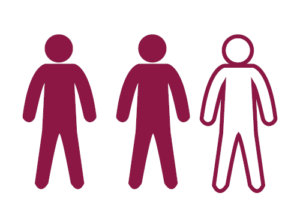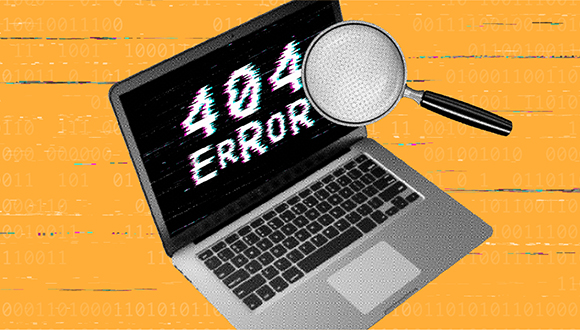Cyber threats are activities that compromise the security of information systems like computer networks, websites, social media and smart devices.

32% of Canadians say they have been the victim of a cyber attack.
Understanding how cyber threats work is the first step to protecting yourself and our organization. With many offices, departments and learning enterprises, Niagara College is a community with many forms of information that need to be protected. That said, the college network needs to remain flexible to allow access for students, faculty and staff to work, learn and collaborate.
We’re more connected than ever, which means that there is a higher risk of falling victim to a cyber threat. No one person, company, or agency is responsible for the security of the Internet; everyone must do their part. Cybersecurity is our shared responsibility.

85% of Canadians are worried about having private information stolen and used without permission.
Cyber threats are committed by individuals, organizations and governments. Different threat actors have different motivations:
- Cyber-criminals: profit
- Thrill-seekers: satisfaction
- Hacktivists: ideological
- Insider threats: discontent
- Nation-states: geopolitical
- Terrorist groups: ideological violence
Their skills may vary from low to high, but they’re after one thing: your information.
A2. Cyber threat actors can be categorized by their motivations and, to a degree, by their sophistication. #Fraudchat
➡️ t.co/Ga8qt7PNgE pic.twitter.com/ERwYLP1wfk
— Get Cyber Safe (@GetCyberSafe) October 2, 2019

2 in 3 Canadians think they could be affected by an online threat.
Threat actors use many techniques, including:
- Phishing: Fraudulent texts or emails that appear to come from a reputable source;
- Malware: Malicious software like adware, spyware or ransomware;
- Ransomware: Malware designed to block access to a device until money is paid;
- Hacking: Gaining unauthorized access to a computer;
- Denial of service (DoS): Disrupting a website or network by overwhelming it with traffic;
- Pharming: Re-routing traffic from a legitimate website to a malicious one.

80% of Canadian Internet users are concerned about malware.
Understanding how cyber threats work is the first step to protecting yourself and our college. See a list of common threats to be aware of.
Get more tips to protect yourself and your devices at getcybersafe.ca, and watch for more details to come at its.niagaracollege.ca.
A3. Cyber threat actors can also manipulate social media in order to influence public discourse. With an understanding of how traditional media & social media work threat actors can promote their message to broader audiences at a relatively low cost. #Fraudchat #GetCyberSafe pic.twitter.com/aq00INsDr3
— Get Cyber Safe (@GetCyberSafe) October 2, 2019
Information submitted by ITS and sourced from:
An Introduction to the Cyber Threat Environment by the Canadian Centre for Cyber Security, 2018
Canada’s Internet Factbook by the Canadian Internet Registration Authority, 2019
Survey of Internet Users Regarding Cyber Security by EKOS Research Associates, 2018
Images sources from getcybersafe.gc.ca.


